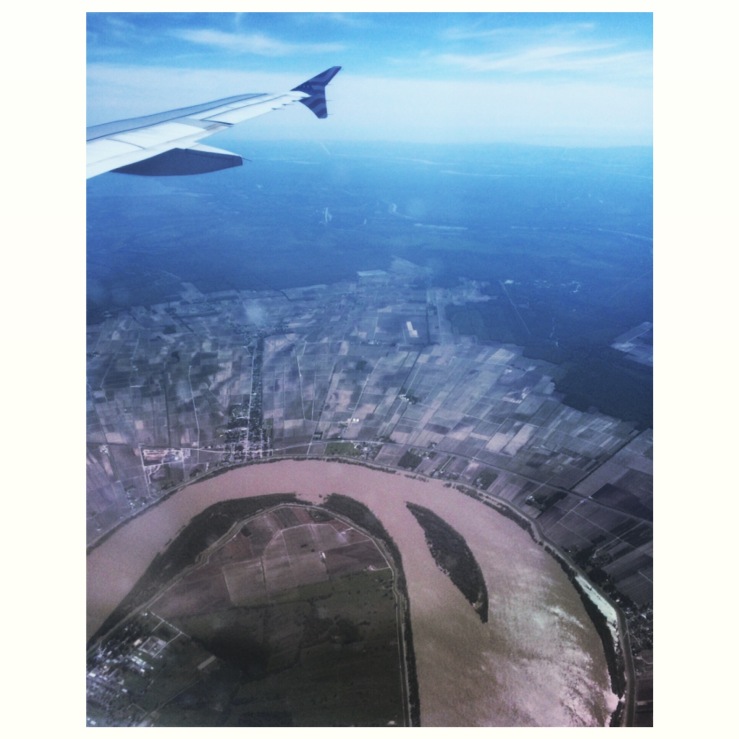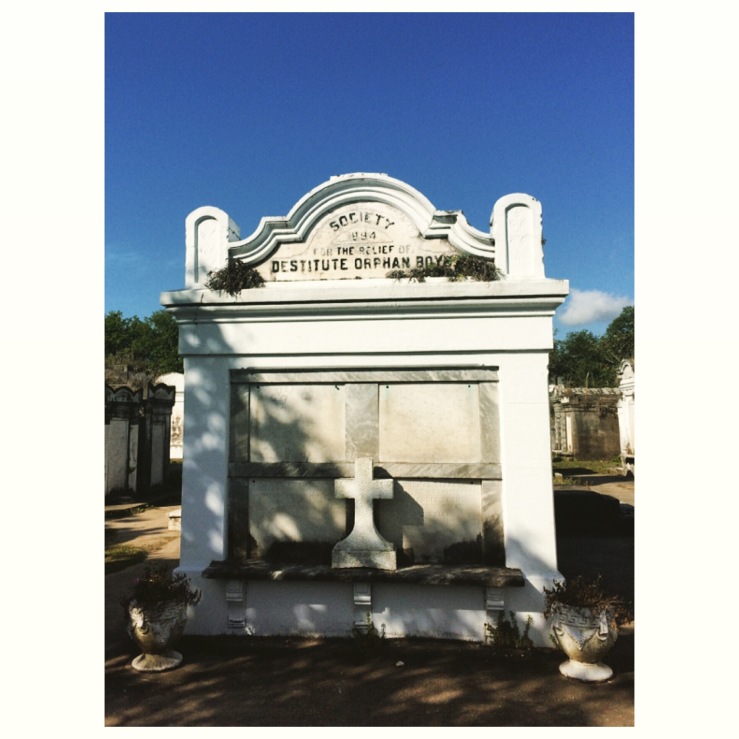I am going to the Nonprofit Technology Conference, which is not, you Silicon Valley smartass, a contradiction in terms—but rather a mass convening of people trying to do good and people trying to sell them things. On the plane I end up seated in a row with one of each; they’re schmoozing while I stare out the window. “Anytime there’s paper, you know, that’s a chance to disrupt it, with, like, more technology,” says the consultant in the middle seat to the ED in the aisle. “It’s, like, pretty turnkey.”

Once on the ground in New Orleans I set out on my own doomed campaign to optimize, simultaneously, for business and pleasure. The only way to even attempt this is by walking fast and a lot, often in dress shoes and often in the dark. It’s is no city for introverts—twice I sit down to eat alone and am presented with two glasses of water—but I do the best I can. Other general observations, from most to least obvious:
- I suspect that when people say that New Orleans “feels different” from other American cities, up to 50 percent of that sensation is attributable specifically to the lack of an open container law. There are plenty more sober reminders, lately, that we live in warring and disparate feudal states—but still I am dazzled to think that in Utah you have state-controlled liquor outlets, and in Louisiana you have daiquiri drive-throughs, and both accept payment in the same almighty dollar.
- Perhaps related: there are police everywhere—on foot, in cars, on horses with suitable names like Ace and Duke. Presumably this phenomenon is confined to the tourist and business districts, but casual Googling does indicate New Orleans has almost as many officers per capita as New York City, which is well over twice the rate of Oakland.
- There are white seashells in the dirt, in the middle of the city, in any old gap in the pavement.

On a tip from my first Lyft driver I decide to take a $2 ferry (“cheapest ride in town!”) to Algiers Point. I’m keen on this, to come close to the Mississippi—the muddy water lapping at the shore seems surely steeped with secrets—but the walkway to the terminal is discouraging. The concrete walls are hung with what I understand to be Mardi Gras banners but experience as sinister paintings of insane clowns presiding over the dozing homeless.
I wait at the prison-bar gate until the ferry arrives, then watch the sun set on an abandoned office tower as we chug across the water. On the Algiers side I wander the silent neighborhood by streetlight, peering past wicker porch swings into tidy living rooms filled with hardwood and books. My foodie friends sent me to New Orleans with a 20-item-long list of restaurants to try, but I will tell you my favorite meal is out here, at the Dry Dock Inn. The service is hostile and the food is from the freezer—but a man walks in and begins a conversation with the barkeep by announcing, “I’m just in off the India Star.” I’m enchanted.

Another peculiar place is City Park. At 1,300 acres it’s more than twice the size of its New York City cousin, but as far as I can see—albeit midday and midweek, and albeit from what must be the wrong entrance—much of that is one giant, deserted, flat, and wilting lawn. There are lovely lily-choked lakes, a fancy dog park, playgrounds … however, these are scattered oases in a vast expanse of featureless grass without pathways, trails, or, in places even sidewalks. Hoping to find the famous live oaks I walk for miles in the road until my feet bleed, then sit sweating on the curb trying to improvise Band-Aids from leaves.
Go by bike, is all I’m saying.

Of Katrina—in tourist areas, to a tourist’s eye—there is almost no sign. It’s the last day of the conference before I realize I’m sitting in a ballroom that for 25,000 people served as the “shelter of last resort”—the phrase still used to describe it, for some reason, as if at the time it actually constituted either a shelter or a choice.
I was 18 that year, old enough to know better but perhaps young enough to be forgiven for understanding the storm to be what I saw on TV: looters, helicopters, another East Coast thing. When I get home I watch Spike Lee’s take twice through and still feel sorry that it took me so long.